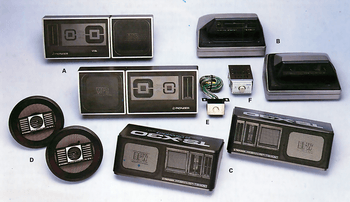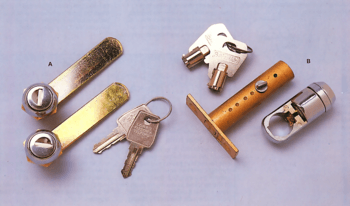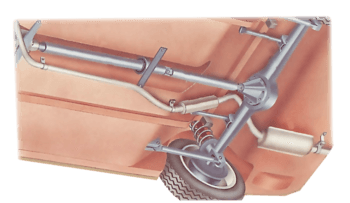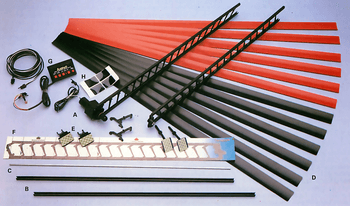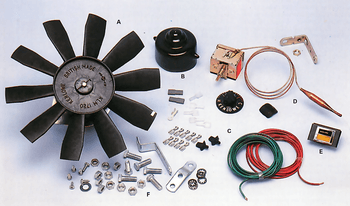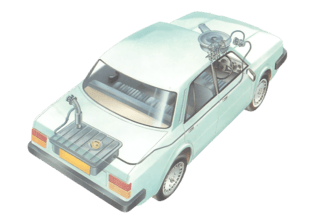Scie à métaux

A hacksaw for cutting metal has detachable blades that can be fitted into the saw frame and renewed as necessary. An adjustable hacksaw can be fitted with 10 or 12in. blades. Mini or junior hacksaws for work in confined spaces usually take 6 or 8 in. blades.
General-purpose blades mostly have a medium cut - 24 tpi (teeth per inch). Coarse blades for soft metal have 18 tpi, and fine blades for thin and hard metal have 32 tpi. Fit blades with the teeth pointing forwards.
Some hacksaws have a blade-tensioning screw. To tension correctly, take up the slack with the nut, then give it a few more turns to get the blade taut.
A hacksaw is a fine-toothed saw, originally and principally for cutting metal. They can also cut various other materials, such as plastic and wood; for example, plumbers and electricians often cut plastic pipe and plastic conduit with them. There are hand saw versions and powered versions (power hacksaws). Most hacksaws are hand saws with a C-shaped frame that holds a blade under tension. Such hacksaws have a handle, usually a pistol grip, with pins for attaching a narrow disposable blade. The frames may also be adjustable to accommodate blades of different sizes. A screw or other mechanism is used to put the thin blade under tension. Panel hacksaws, forgo the frame and instead have a sheet metal body; they can cut into a sheet metal panel further than a frame would allow. These saws are no longer commonly available but hacksaw blade holders enable standard hacksaw blades to be used similarly to a Keyhole saw or Pad saw. Power tools including Nibblers, Jigsaws and Angle Grinders fitted with metal cutting blades and discs are now used for longer cuts in sheet metals.
On hacksaws, as with most frame saws, the blade can be mounted with the teeth facing toward or away from the handle, resulting in cutting action on either the push or pull stroke. In normal use, cutting vertically downwards with work held in a bench vice, hacksaw blades should be set to be facing forwards. Some frame saws, including Fret Saws and Piercing Saws, have their blades set to be facing the handle because they are used to cut by being pulled down against a horizontal surface.
Read more on Wikipedia
Cet outil est utilisé dans
The standard twin-speaker car stereo system has one obvious drawback. If you mount the speakers ...
One of the main reasons why so many cars are stolen is that a thief, even if inexperienced, can...
A damaged or worn exhaust system allows waste gases from the engine to escape before they have p...
Wear on the carbon brushes and commutator is the most common cause of dynamo failure. Normally t...
As well as improving the look of your car, rear windscreen blinds have a number of practical ben...
Fitting an electric, thermostatically controlled fan in place of the mechanical, engine-driven t...
The fuel supply system is generally reliable and any problems that do occur are usually traceabl...

